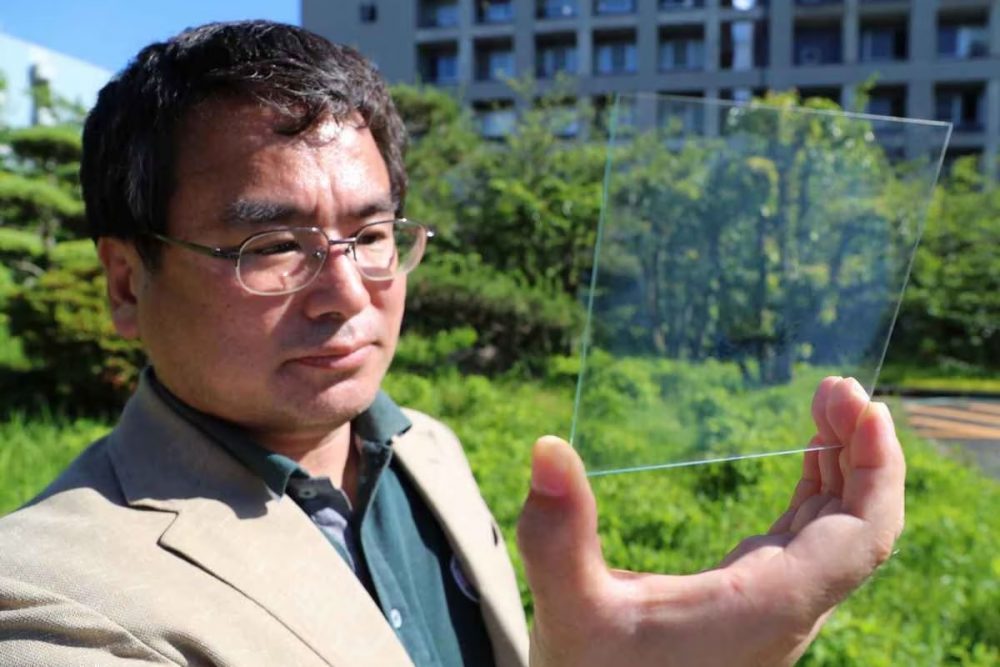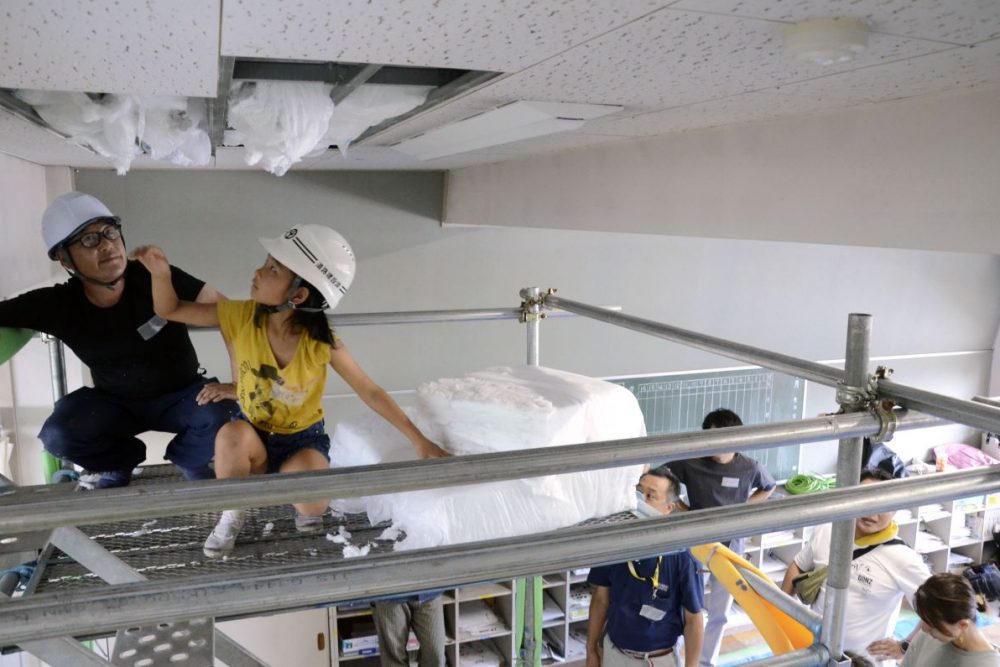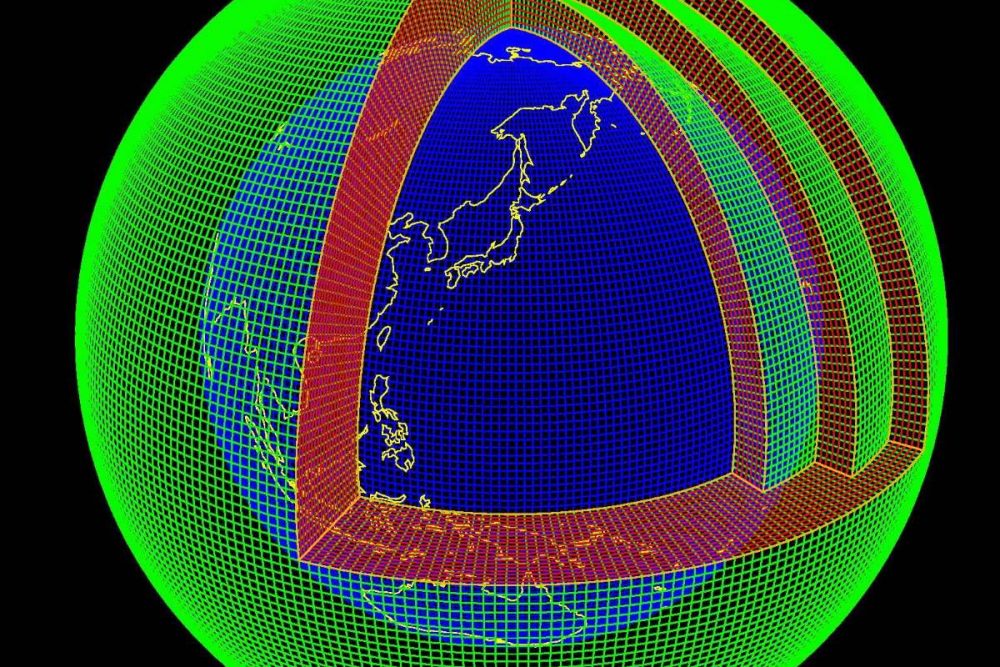Research Vessel Departs for Antarctica with 'Gachapin' Mascot to Join
On November 11, the JARE-64 expedition set sail for Antarctica and will for the first time deploy an AUV to analyze the impacts of global warming on glaciers.

このページを 日本語 で読む
Captained by Satoshi Imura, the icebreaker vessel Shirase departed from Aomi, Tokyo, on November 11. The 64th Japanese Antarctic Research Expedition (JARE-64) is headed for Showa Station on Antarctica.
For the first time, JARE is carrying an autonomous underwater vehicle (AUV) that can dive underneath the thick Antarctic ice to investigate the impacts of global warming. The research team will observe the shape of the underside of glaciers, seafloor topography, and water quality at Lützow-Holm Bay where the Showa Station is located.
We interviewed Dr Takuji Nakamura, Director-General of the National Institute of Polar Research, to learn about the anticipated results of the mission.
--JARE-64 will mainly observe the Totten Glacier, one of the largest in East Antarctica. Why?
Much of Antarctica’s ice is located on the east side of the continent. Warm water that flows underneath the ice is believed to be rapidly melting the ice sheet. However, we still do not know how the ice will melt due to the rise in air and seawater temperatures, or how much of it will be melted. We will use a range of equipment to measure temperatures in the ocean from top to bottom. We hope to uncover one of the mysteries of global warming.
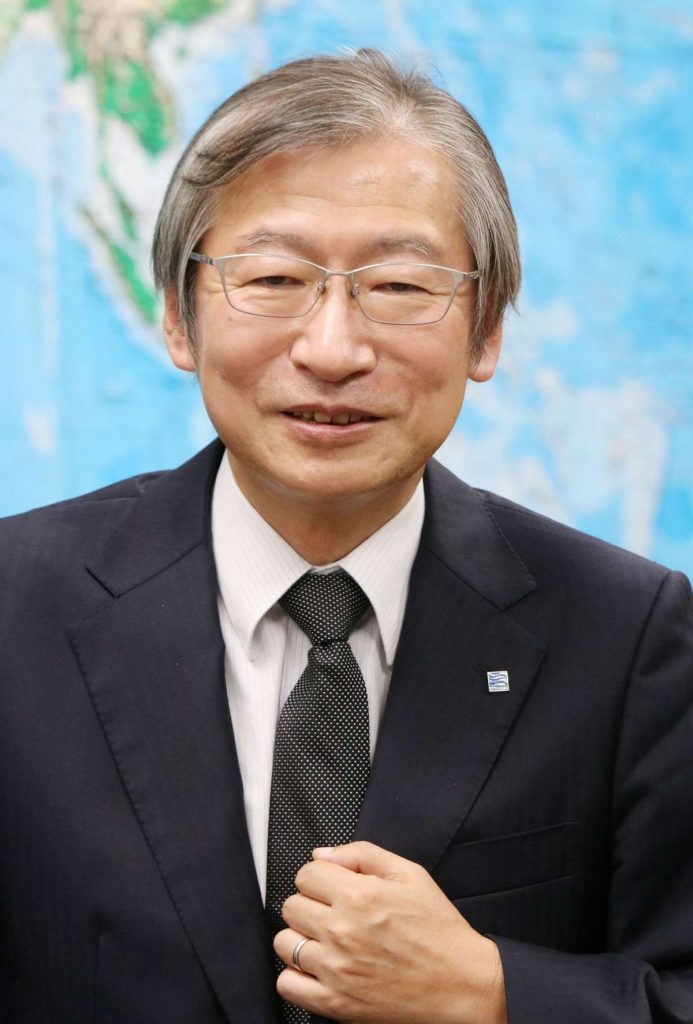
--What other research will be conducted?
We are also preparing to conduct our third ice core drilling. Evidence of global environmental changes can be found in the thick ice on Antarctica. To date, we have analyzed past climate conditions by digging up ice formed 720,000 years ago. We will be drilling ice cores up to one million years old to examine Earth’s glacial and interglacial periods.
--What is the significance of conducting research in Antarctica?
The Intergovernmental Panel on Climate Change (IPCC) report tells us: "It is unequivocal that human influence has warmed the atmosphere, ocean and land." Changes in Antarctica, where 90 percent of the Earth’s ice is located, hold the key to explaining rises in global temperature and sea levels. Examining climates of long ago is essential to look into the Earth’s future. So it is becoming increasingly important to dig into the Antarctic ice to learn about the Earth’s past.
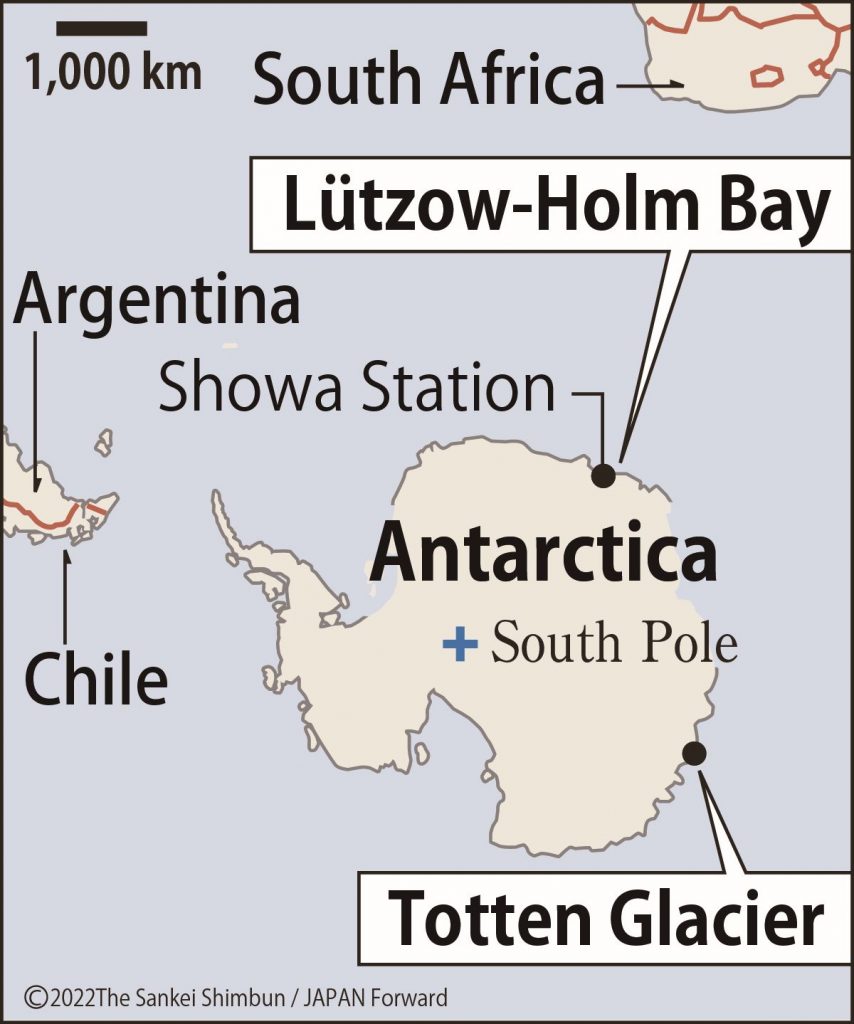
--Public interest in Antarctic research activities is waning. I understand a Fuji Television’s news crew will accompany the research expedition on its journey, and that the mascot “Gachapin” will be reporting on-site?
With the heightened sense of urgency regarding the earth’s environment, I hope the importance of scientific observation will be reaffirmed. Gachapin will not only help out with the Antarctic research, but will also take a turn keeping watch at Showa Station. It would be great if Gachapin would report on the everyday happenings of crew members too.

--The first Japanese Antarctic Research Expedition was 66 years ago in November of 1956. How did the expeditions begin?
The expeditions began as part of the International Geophysical Year, an international scientific project that lasted from 1957 to 1958. Back then, Antarctica was an unknown world. Some exploration had taken place, but the project aimed to jointly conduct observations to learn about the Southernmost continent. Japan sent out its first expedition in preparation for this project. It was a huge success, including establishment of the Showa Station and conducting of early observations.
--Can you tell us about the achievements made to date by JARE?
The greatest achievement was the discovery of the ozone hole. A decrease in ozone was noticed when observations were intensified during the Antarctic Middle Atmosphere Project, which was carried out from 1982 to 1985. At first, a machinery malfunction was suspected, but when British observation data also showed a decrease, they knew that it was real. Another is meteorites. Around 17,000 have been collected since the crew of the 10th expedition first discovered them. Some are from Mars and the Moon. The third would be ice sheet drilling. Japanese are skilled in precise measuring, and analytical precision is also one of our strengths.
このページを 日本語 で読む






